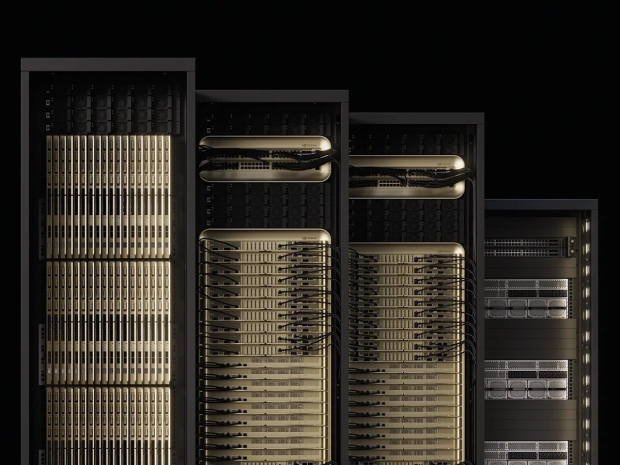According to the GPU maker, its future Kyber server architecture due in 2027 is expected to draw 600 kilowatts per rack, which would make most power supplies beg for mercy.
Current set-ups rely on 415 or 480 volt AC three-phase systems. Nvidia wants everyone to bin that and switch to 800 volt direct current instead. The idea is to remove the mess of power conversions and feed GPUs with more consistent juice.
Nvidia infrastructure vice president Amanda Renteria said: “Generating 800 VDC at the facility level and delivering it directly to 800 VDC compute racks eliminates redundant conversions, improving overall power efficiency.”
She added that the plan would enable “more GPUs per AI Factory, driving greater compute throughput and revenue potential for partners.”
The shift would support rack-level power delivery beyond a megawatt, something that’s becoming increasingly common as GPUs are lashed together with high-bandwidth interconnects like NVLink.
Nvidia points out that with 800 VDC, the same gauge wiring can carry 157 per cent more power than 415 VAC. The new design also simplifies things by using a three-wire layout rather than four, reducing copper and connector bulk.
That cuts both installation costs and cable headaches, which are already a major issue as datacentre power draws head for megawatt territory.
Renteria said: “With lower current, thinner conductors can handle the same load, reducing copper requirements by 45 per cent.”
Current AC-based setups lose efficiency with every step of conversion, sometimes dipping below 90 per cent. The new architecture strips out multiple conversions and delivers a more efficient power path with less waste heat and better rack density.




